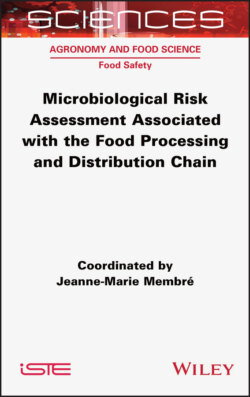Читать книгу Microbiological Risk Assessment Associated with the Food Processing and Distribution Chain - Jeanne-Marie Membre - Страница 13
Norovirus
ОглавлениеOne of the most common causes of gastroenteritis in humans worldwide is human norovirus, and specifically genogroup 2 noroviruses. Symptoms include diarrhea, vomiting (including projectile vomiting) and stomach pains. The virus can be transmitted to humans through the ingestion of contaminated food or water and directly from person to person, leading to infection in a relatively large proportion of those exposed.
Estimates by the WHO Foodborne Disease Burden Epidemiology Reference Group (FERG) show that, worldwide, norovirus is linked to about 20% of all foodborne illnesses caused by diarrheal disease hazards (125 million per year). It is the most common cause of diarrheal disease for all ages and in all risk groups, with the most serious outcomes being seen in young children and the elderly. Norovirus infection is the sixth leading cause of diarrheal death in children under 5 and the second leading cause of diarrheal death in children over 5, with similar trends in all regions of the world.
According to a study by ANSES (2018), in France, over the period 2006–2015, the main foods associated with outbreaks of collective food toxi-infections related to norovirus were mollusks (72%) and, in particular, oysters (usually consumed raw in France). Composite dishes were implicated in 10% of norovirus outbreaks. The other food categories (meat, fish, vegetables and egg products) were of equal significance and accounted for a total of 18% of outbreaks.
